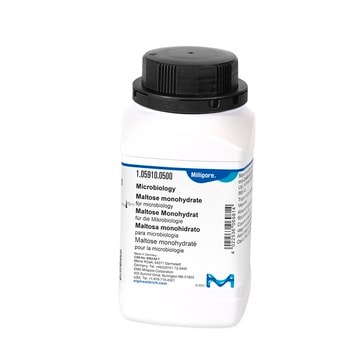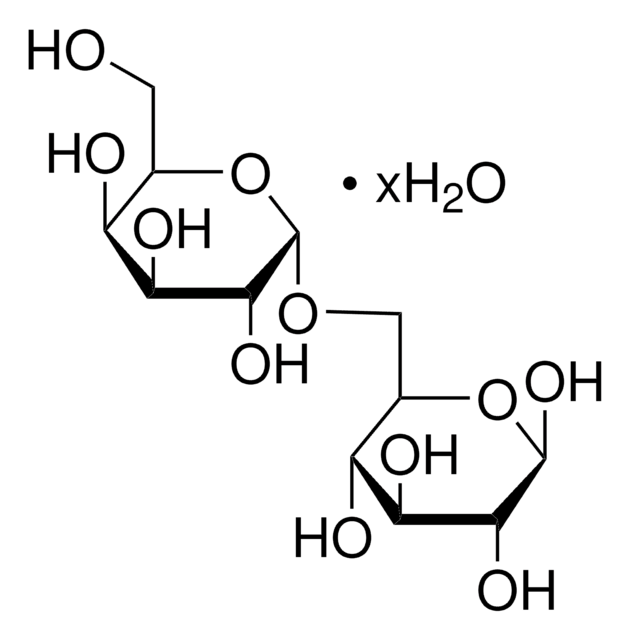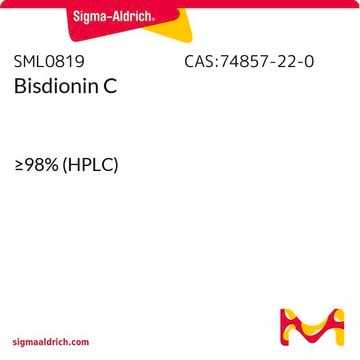おすすめの製品
由来生物
plant
アッセイ
≥98% (HPLC)
形状
powder
光学活性
[α]/D 34±1, c = 10% (w/v) in water
テクニック
HPLC: suitable
色
beige
mp
239 °C (dec.) (lit.)
溶解性
water: 50 mg/mL, clear, colorless
保管温度
room temp
SMILES記法
OC[C@@H](O)[C@@H](O[C@@H]1O[C@H](CO)[C@@H](O)[C@H](O)[C@H]1O)[C@H](O)[C@@H](O)C=O
InChI
1S/C12H22O11/c13-1-4(16)7(18)11(5(17)2-14)23-12-10(21)9(20)8(19)6(3-15)22-12/h1,4-12,14-21H,2-3H2/t4-,5+,6+,7+,8+,9-,10+,11+,12-/m0/s1
InChI Key
DKXNBNKWCZZMJT-WELRSGGNSA-N
類似した製品をお探しですか? 訪問 製品比較ガイド
関連するカテゴリー
詳細
アプリケーション
- セロビオース・マンニトール透過試験のための試験糖液の成分として
- 凍結乾燥したβ-ガラクトシダーゼを保管中の酵素活性喪失と二次構造変化から保護するその能力を調べるための凍結乾燥溶液の調製において
- セルロソーム組成における定性的・定量的変化に対するその影響を調べるためにClostridium thermocellum を増殖させるための発酵/増殖基質として
保管分類コード
11 - Combustible Solids
WGK
WGK 1
引火点(°F)
Not applicable
引火点(℃)
Not applicable
個人用保護具 (PPE)
Eyeshields, Gloves, type N95 (US)
適用法令
試験研究用途を考慮した関連法令を主に挙げております。化学物質以外については、一部の情報のみ提供しています。 製品を安全かつ合法的に使用することは、使用者の義務です。最新情報により修正される場合があります。WEBの反映には時間を要することがあるため、適宜SDSをご参照ください。
Jan Code
C7252-10G:
C7252-VAR:
C7252-500G:
C7252-BULK:
C7252-25G:
C7252-1KG:
C7252-10MG:
C7252-100G:
C7252-5G:
試験成績書(COA)
製品のロット番号・バッチ番号を入力して、試験成績書(COA) を検索できます。ロット番号・バッチ番号は、製品ラベルに「Lot」または「Batch」に続いて記載されています。
この製品を見ている人はこちらもチェック
ライフサイエンス、有機合成、材料科学、クロマトグラフィー、分析など、あらゆる分野の研究に経験のあるメンバーがおります。.
製品に関するお問い合わせはこちら(テクニカルサービス)












